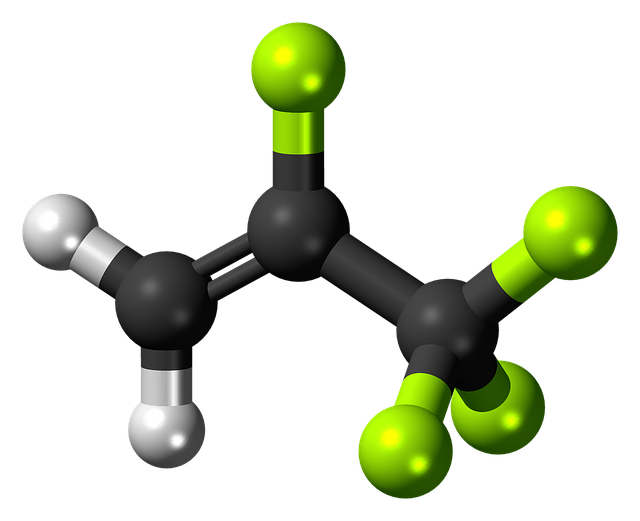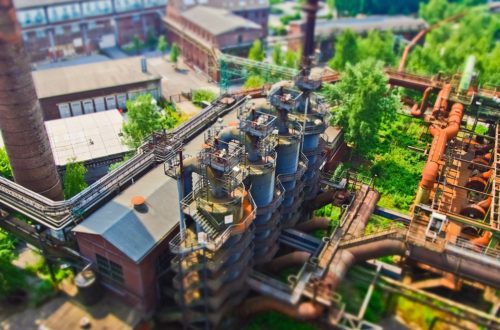Per- and polyfluoroalkyl substances (PFAS) are a family of lab-made chemicals used for repelling oil and water. Modern consumer goods have made people’s lives more convenient since the mid-20th century because of them. However, as with many innovations to advance civilization, their use threatens wildlife and human health.
These pollutants are also known as forever chemicals since they are nearly indestructible. They hardly degrade in nature and can be incredibly mobile, making them challenging to contain and allowing them to contaminate large areas quickly.
What Items Contain PFAS?
Consumer products designed to be grease- and water-resistant almost always have any of the 15,000 PFAS ever invented.
Paper and cardboard packaging manufacturers add them to popcorn bags, pizza boxes, and takeout containers. Cookware companies rely on them to sell nonstick frying pans, skillets, pots, and baking essentials.
Forever chemicals waterproof outdoor clothing and camping gear and render carpets, rugs and mattresses stain-resistant. Cosmetics, shampoo, dental floss, and other personal care products have them, and so do electronic devices.
Moreover, these contaminants are present in some nonconsumer goods. The Class B foams firefighters use to extinguish oil fires are an example.
Are There PFAS in Water?
PFAS are present in various water sources. Manufacturing plants and finished products emit these chemicals into natural environments, eventually reaching bodies of water. They travel through H2O, transport themselves over vast distances, and reach remote places as far as the Arctic while remaining intact.
How Are PFAS Harmful to the Environment?
These chemicals can negatively impact vegetation. Exposure to them can damage plant cell structure, disrupting vital processes such as nitrogen and carbon metabolisms, protein synthesis, gene expression, and photosynthesis.
Vegetation is crucial in slowing global warming by acting as a carbon sink. Mature trees permanently sequester more than 48 pounds of carbon dioxide yearly. Any contaminant adversely affecting how they operate on a cellular level is a massive setback for the fight against climate change.
What Do Forever Chemicals Do to Humans?
The body of research into PFAS’ effects on human health is relatively limited. So far, scientists have associated these persistent chemicals with testicular, prostate and kidney cancers, developmental issues in children, hormonal imbalances, hypertension in pregnant women, decreased fertility, obesity, increased risk of high cholesterol, and compromised immunity.
How to Avoid PFAS
Forever chemicals are as ubiquitous as plastic. None of your five primary senses can detect their presence. You can’t even determine how contaminated something is without a high-resolution mass spectrometer.
How can you avoid something unavoidable? These four tips can help reduce your exposure to these toxins.
1. Embrace Inconvenience
These synthetic pollutants exist today because the world decided that grease and water were too messy to deal with decades ago. This emerging health and environmental issue is the price of convenience. Changing your lifestyle to avoid these contaminants as much as possible results in discomfort, so physically and mentally prepare yourself.
2. Read Product Labels
Businesses won’t stop using PFAS to make the most marketable goods until governments ban these substances, but at least companies disclose them.
Check the label of any product. Look for substances described with something “fluoro” — such as fluorinated, perfluoro, and polyfluoro — to spot forever chemicals. Also, familiarize yourself with this alphabet soup:
- GenX
- PFBS
- PFHxS
- PFNA
- PTFE
Any enterprise bragging about selling PFOA- or PFOS-free products may be greenwashing. American companies have phased out these chemicals. Anything recently produced and sold in the country contains no PFOA and PFOS but isn’t necessarily PFAS-free.
3. Cook Food at Home
A study on these toxins in single-use food packaging from 17 countries across five continents found that some fast-food chains use PFAS-free items inconsistently. Only 53.8% of samples tested positive for any of the 58 forever chemicals the researchers checked — or extractable organic fluorine, suggesting PFAS presence.
The good news is many global food companies use safer packaging materials. The bad news is green molded products made from plant-based fibers consistently recorded high PFAS levels, so take seaweed-based single-use plastic alternatives with a grain of salt. Unintentional contamination can also occur, so PFAS-free items can’t stay untainted.
Dining out is a roll of the dice when avoiding forever chemicals. Instead, buy fresh ingredients and prepare meals at home. Ditch your nonstick cookware to reduce PFAS emissions.
4. Filter Your Drinking Water
The U.S. Environmental Protection Agency admits that the federal government doesn’t fully understand how to remove PFAS from potable water yet. Researchers are still determining how to eliminate these contaminants in water treatment facilities and evaluating the effectiveness of household water filters.
However, the Environmental Working Group conducted a study and found some filters on the market could eliminate 100% of PFOA and PFOS. Whether the nonprofit’s findings carry weight for you or not, filtering water is safer than drinking straight from the faucet. Aside from minimizing PFAS exposure, filters can help neutralize plastic pollution in tap water and finish the job of some wastewater treatment facilities.
The Beginning of the End for Forever Chemicals Has Come
Exploring ways to avoid PFAS may feel like a lost cause, but it’s worth the trouble since your family’s health and the environment are at stake. More policymakers and businesses are waking up to these chemicals’ dangers, so staying away from them should become easier as time passes.
Jack Shaw is the senior Outdoors writer for Modded, a men’s lifestyle publication. An avid outdoorsman and lover of nature, he’ll often find himself taking retreats out to explore his environment and encourages others to do the same in ways that are sustainable and beneficial to the environment. Contact him via LinkedIn.
Image by WikimediaImages






